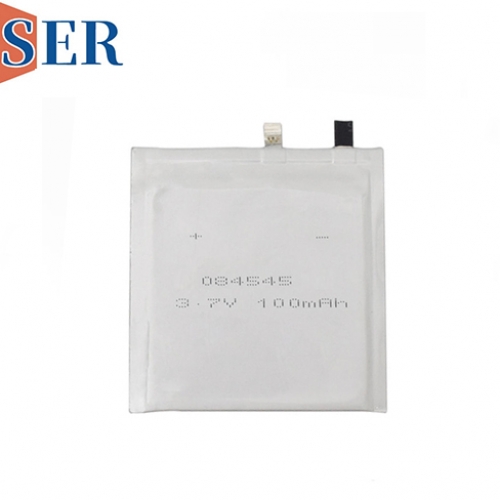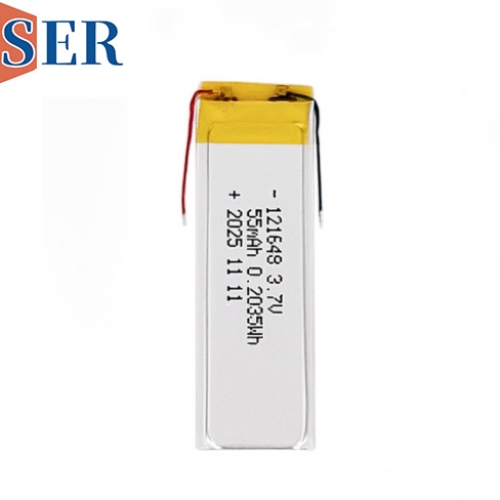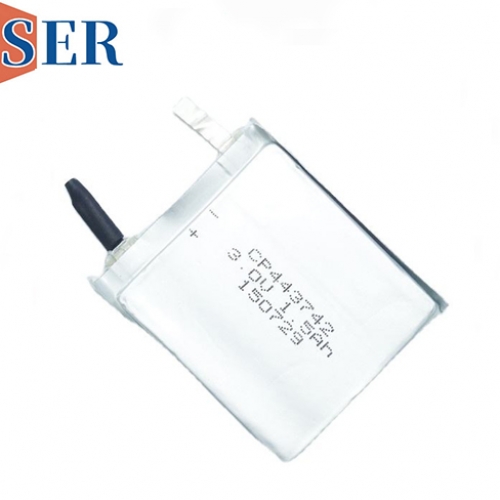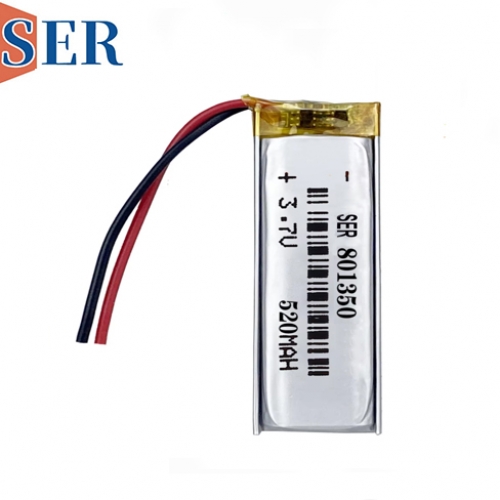Ultra thin Rechargeable Pouch Cells in Card-Type Tracking Devices
Ultra thin Rechargeable Pouch Cells in Card-Type Tracking Devices
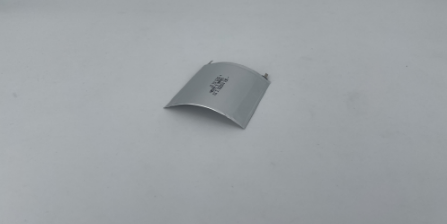
In the ever-evolving landscape of technology, the demand for compact, efficient, and reliable power sources has grown exponentially. One such innovation that has significantly impacted various industries, including tracking and surveillance, is the rechargeable pouch cell. Specifically designed for applications requiring minimal thickness and maximum energy density, these ultrathin batteries have become indispensable in the development of card-type tracking devices. This article delves into the world of pouch cells, exploring their characteristics, technical specifications, applications, and the promising future they hold in the realm of IoT and smart devices.
1. Introduction to Rechargeable Pouch Cells
Rechargeable pouch cells, also known as lithium-ion polymer (LiPo) batteries, represent a leap forward in battery technology. Unlike traditional cylindrical or prismatic batteries, pouch cells are encased in a flexible, lightweight aluminum-laminated pouch, which not only reduces weight but also allows for greater design flexibility. This makes them ideal for applications where space is at a premium, such as in card-type tracking devices used for asset tracking, personnel monitoring, and RFID tags.
2. Technical Specifications and Key Features
The allure of pouch cells lies in their ability to deliver high energy density in an ultra-thin form factor. Let's examine some typical specifications:
Voltage: Standard pouch cells operate at 3.7V, a nominal voltage that is well-suited for powering low-energy consumption devices like trackers.
Capacity: These ultrathin Lipo batteries come in various capacities tailored to specific needs. For instance, a 1060100 model boasts a capacity of 520mAh, while an 084545 model offers 100mAh.
Thickness: One of the most striking features is their incredible thinness. The 1060100 model, for example, is only 1mm thick, and the 084545 model measures a mere 0.8mm. This ultra-thin design is crucial for integrating seamlessly into thin, card-like devices without compromising on performance.
Energy Density: Pouch cells excel in energy density, providing more power per unit volume compared to other battery types. This is vital for extending the operational life of tracking devices, reducing the need for frequent recharging or replacement.
Cycle Life: Modern pouch cells are engineered for longevity, with some models capable of enduring hundreds of charge-discharge cycles while maintaining a significant portion of their original capacity.
3. Applications in Card-Type Tracking Devices
The ultra-thin, lightweight nature of pouch cells makes them perfectly suited for card-type tracking devices. These devices are designed to be discreet, portable, and capable of transmitting location data over extended periods. Here’s a closer look at their applications:
Asset Tracking: In logistics and supply chain management, card-type trackers equipped with pouch cells can be attached to valuable assets. Their thin profile allows for easy integration into existing systems without adding bulk, enabling real-time monitoring of the asset's location and status.
Personnel Monitoring: In industries such as healthcare, security, and emergency services, personnel tracking devices are essential for ensuring safety and efficiency. Pouch cells power these devices, providing a reliable power source that doesn't hinder mobility.
RFID Tags: Radio Frequency Identification (RFID) tags are widely used for inventory management, access control, and payment systems. The integration of pouch cells into RFID tags enables active RFID functionality, where tags can transmit signals over longer distances and store more data, enhancing their utility.
4. Advantages Over Traditional Battery Technologies
Pouch cells offer several advantages over conventional battery technologies, which solidifies their position in the market:
Flexibility in Design: The soft pouch packaging allows for custom shapes and sizes, making it easier to fit into unconventional device designs.
Lightweight: The aluminum laminate and absence of a rigid casing contribute to a significantly lower weight compared to other battery types.
Improved Safety: Pouch cells are generally considered safer than cylindrical lithium-ion batteries due to their flexible packaging, which can better withstand internal pressures and reduce the risk of leakage or explosion.
Cost-Effectiveness: While the initial cost might be higher, the long cycle life and high energy density of pouch cells can lead to cost savings over time by reducing the frequency of replacements.
5. Market Trends and Future Prospects
The market for ultra thin rechargeable pouch cells is poised for significant growth, driven by the proliferation of IoT devices, wearables, and smart cards. As technology advances, the demand for thinner, lighter, and more efficient power sources will only increase. Innovations in battery chemistry and manufacturing processes are expected to further enhance the performance and safety of pouch cells, opening up new avenues for their application.
Moreover, the integration of pouch cells into renewable energy systems and electric vehicles is another promising area. As the world moves towards sustainable energy solutions, the role of efficient, reliable, and compact batteries like pouch cells will become increasingly important.
6. Conclusion
Ultra thin rechargeable pouch cells have revolutionized the way we power compact, portable devices, particularly in the realm of card-type tracking and surveillance. Their ultra-thin design, high energy density, and flexibility make them an ideal choice for applications where space and weight are critical. As technology continues to evolve, the demand for such advanced power solutions will only grow, paving the way for further innovations and wider adoption across various industries.
In conclusion, the ultra thin rechargeable pouch cell is not just a Lipo battery; it's a testament to human ingenuity in overcoming the limitations of traditional power sources. Its applications in card-type tracking devices are just the tip of the iceberg, and the future holds immense potential for this remarkable technology.

